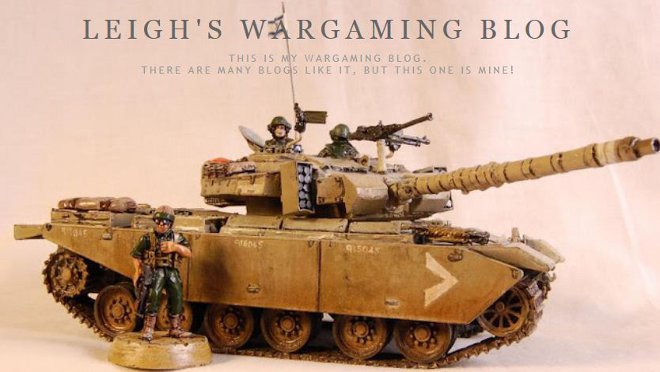Other scenario rules allowed artillery near a charged unit to fire closing fire, and mutineers to pass a dice roll to contact if they had been fired on by artillery as they charged. I also let the mutineers C-in-C to command 'loyal' Indians on the British side to change side, as historically a lot of unit did abandon their allies.
Steve K and Ian took the British, dividing the two British and two Indian commands between them, with the cavalry as a forward command to cover the column as it crossed the bridge. We managed to assemble two Indian cavalry commands under Luke, 3 mutineer Sepoys and a Ghazi command under Andy, and another Ghazi command and three irregular commands shared between Bob and Mark. With the Sepoys and artillery holding the centre and left, the irregulars took the right and the cavalry was tasked with advancing down the right.

Above: The Mutineer forces, Below: British begin to deploy
Luke pushed his commands forward as fast as he could forcing the British forces to respond which the did with alacrity, but the rear half of the column was much slower to respond leaving the British left open and exposed. However repeatedly failed command rolls meant this could not be exploited by the Indians. Once the Indian cavalry had been seen off by its opposite numbers and some of the 13th Bengal Native Infantry, taking advantage of a command blunder leaving them in column, the British left had finally deployed ready to receive the Indian attack, which although pressured the flank, never broke it.

Above: The British line of formed
The British had won a decisive victory over their more numerous enemy, repulsing the attack, forming line to see of any further attacks and in good order to retire back to Lucknow.
On reflection I think making the mutineers a lower command (majority 7 to the British 8 and 9's) was a bit harsh and caused them too many command issues. I also would change the way they had to test to charge at or near guns, either in the way they tested, or not letting the guns fire, but still check the charge. I also might have turned the table to play across rather than length ways to enable the mutineers more room to flank their opponents. Despite this it was fun to try a very different scenario and has given me lots of ideas for next time.




No comments:
Post a Comment